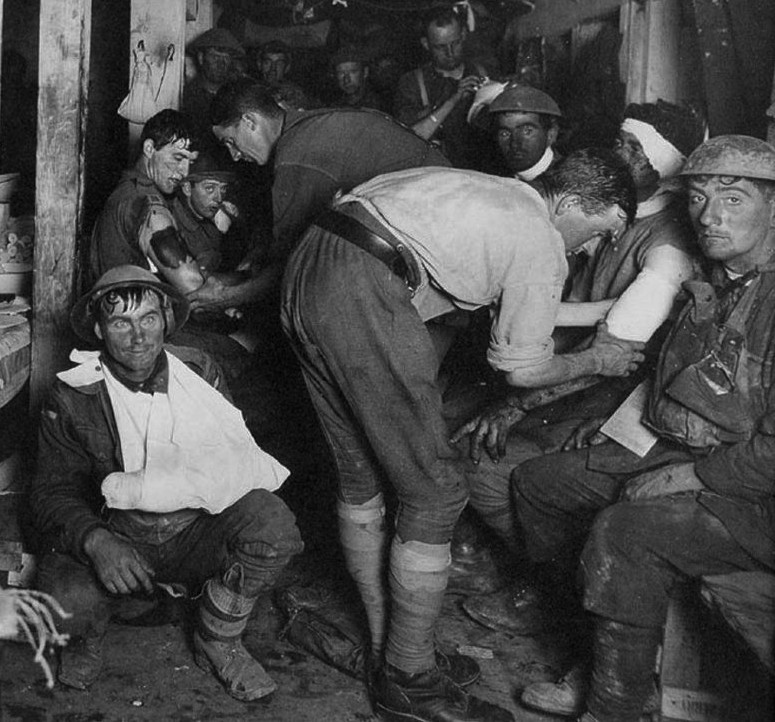
There were at least 50 people who suffered blast injuries from the Iranian missile attacks in Iraq. These are referred to by the acronym TBI for traumatic brain injuries. There were around 200 people in that blast zone who were screened for symptoms.
See: https://www.cnn.com/2020/01/28/politics/50-injuries-iran-strike/index.html
Of those 18 were evacuated to Germany for further evaluation and treatment and I gather at least 8 of these were then evacuated to the U.S. If the injury was serious enough to require evacuation out of the war zone, then this is clearly something a whole lot worse than a “headache.”
Blast injuries have been an ongoing problem in our combat forces for the better part of two decades. Some of this has been brought about by the extensive use of IEDs in Iraq and Afghanistan. Some of these IEDs are tied to artillery shells and other large amounts of explosives, resulting in a significant blast. People can be “lightly wounded” in the traditional sense, and still have significant injuries from the blast.
Added to that, we now have a better understanding of the significance of these brain injuries, including concussions. This is not only from combat, but also from such contact sports as American Football and hockey. Hockey has instituted significant concussion protocols and this is now something that is monitored at both the junior levels and more advance levels of hockey. It is no more a matter of just getting rattled, shaking it off and keep on playing. American Football is still struggling to address these issues, especially with the large number of professional players reporting long term brain injuries. Needless to say, brain injures from blast can be significant and have long-term debilitating affects.
This of course is not entirely new, but we are just now beginning to understand the full extent and nature of TBIs. In World War I they used to talk about “shell shock.”
